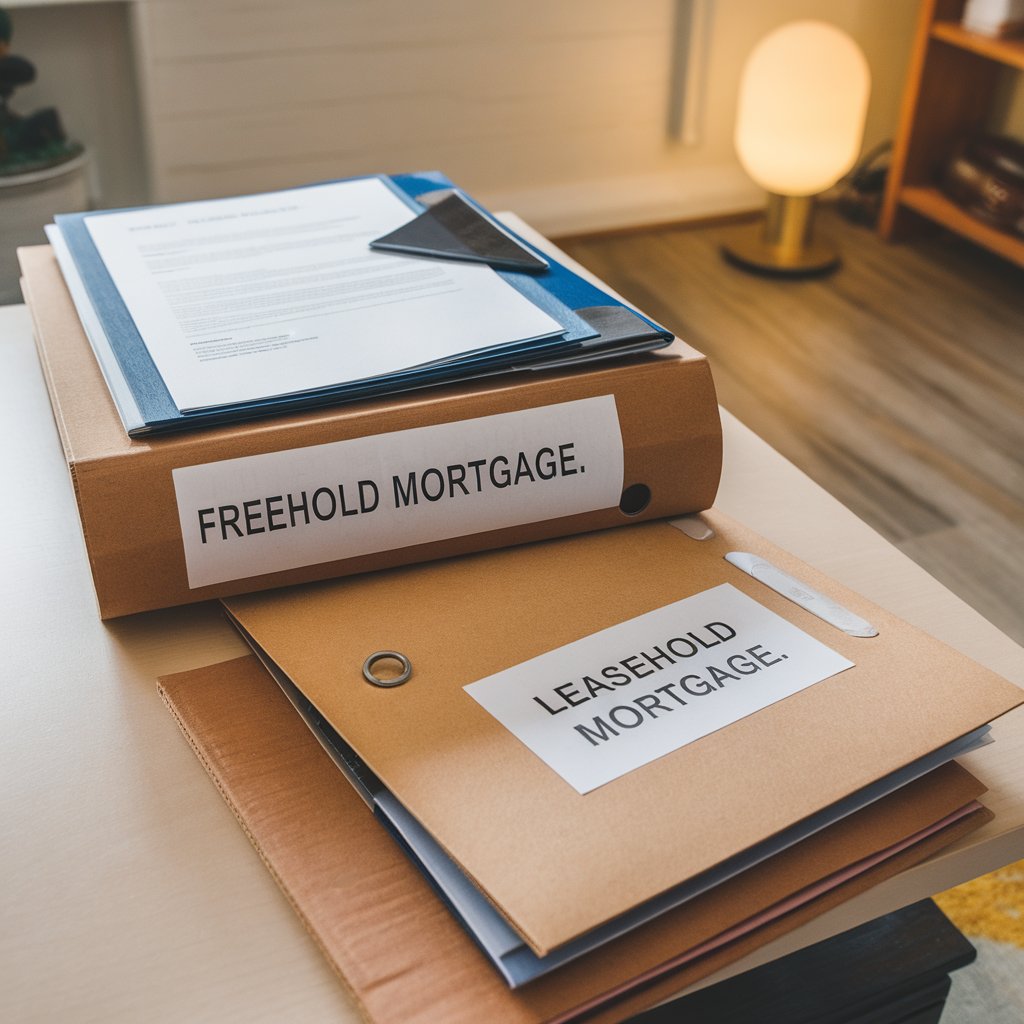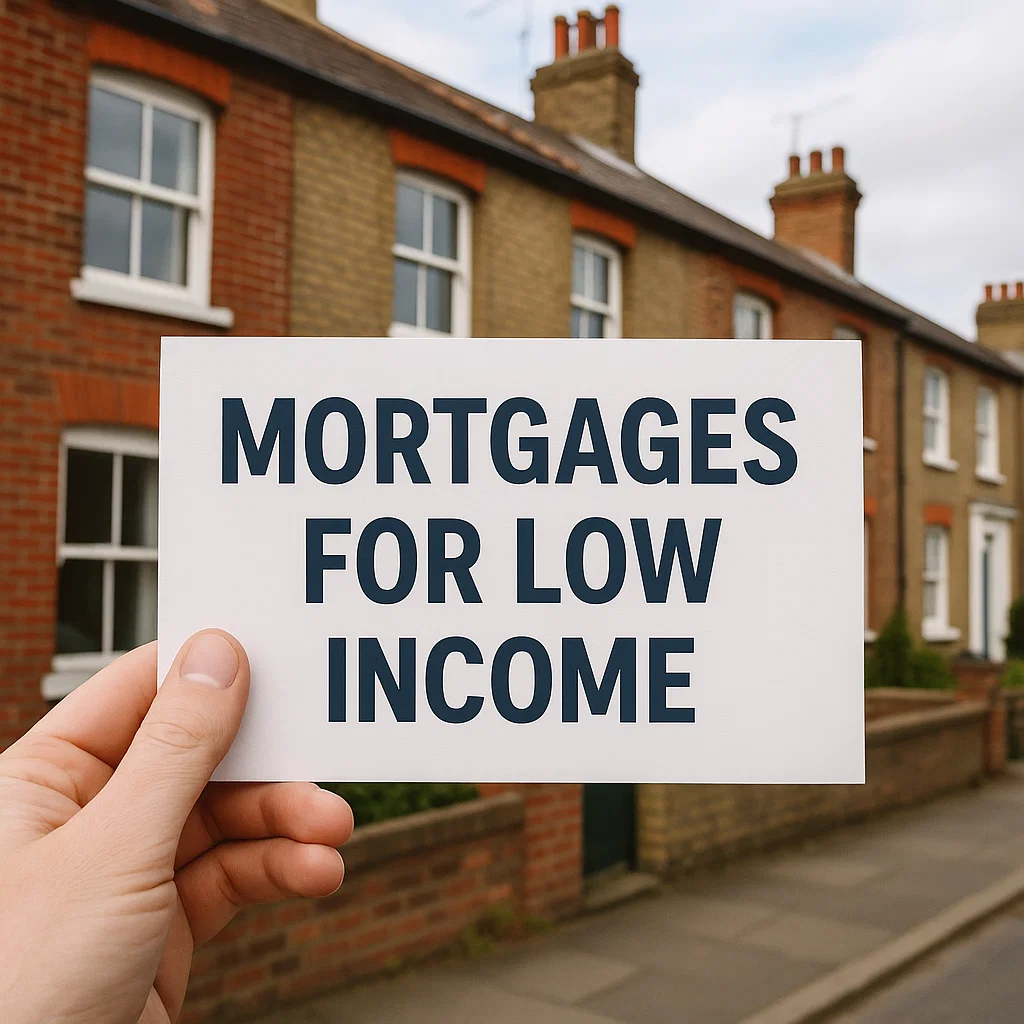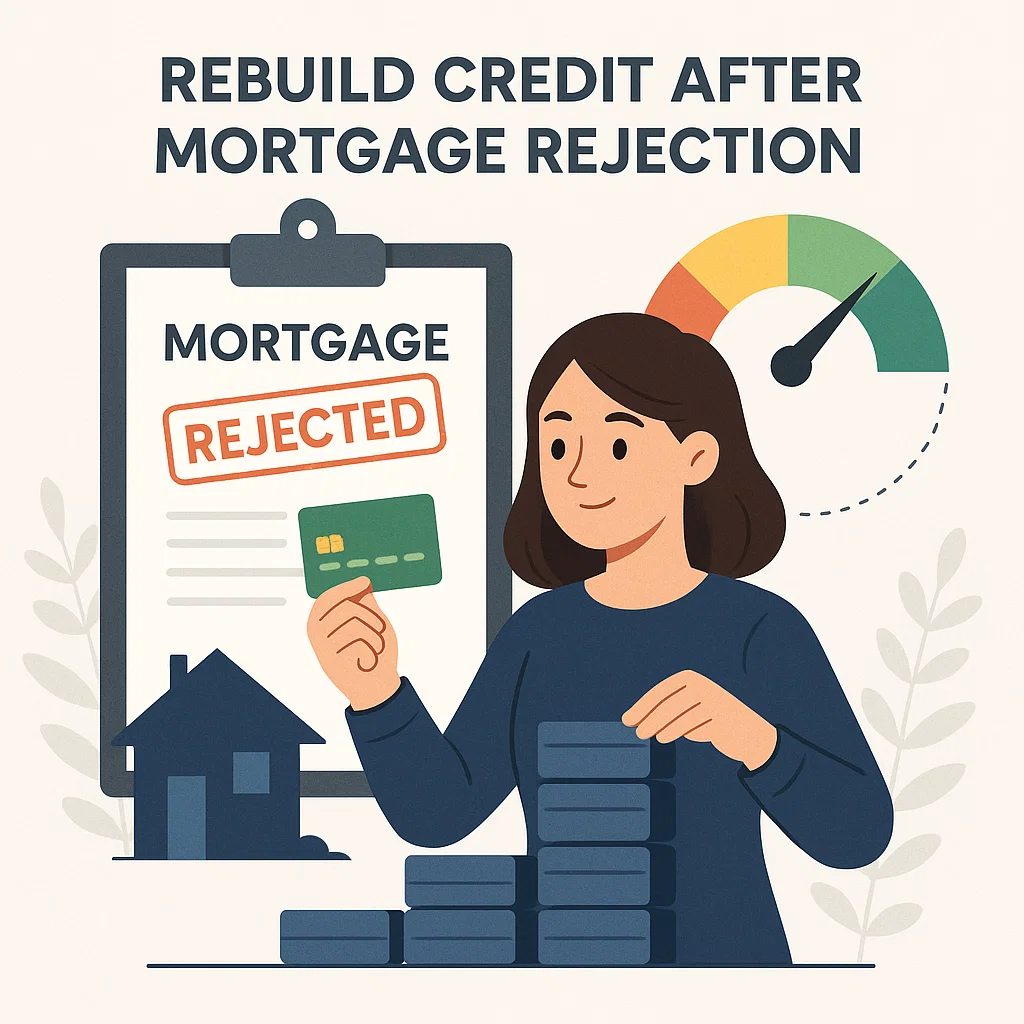Stamp duty on buy-to-let properties is a crucial cost that every UK landlord must understand before entering the rental market. Without proper planning for these charges, you risk undermining your overall profits and missing vital investment opportunities.
Buy-to-let properties typically face higher stamp duty rates, which can significantly influence your mortgage planning and property affordability. This additional cost affects both first-time investors and those expanding existing portfolios across the UK.
The additional stamp duty surcharge applies when purchasing buy-to-let or second homes, meaning your final tax bill can be considerably steeper than anticipated. Understanding these costs upfront enables smarter budgeting and more accurate long-term return calculations.
This comprehensive guide examines current UK stamp duty rates, explains how much additional tax applies, and explores potential strategies. By the end, you’ll have the confidence to make informed property investment decisions.
UK Buy-to-Let Stamp Duty Rates in 2025
Many landlords ask: “What stamp duty rate applies to buy-to-let properties?” or “How much extra do I pay if I already own a home?” These questions matter because the additional charges can significantly impact your investment plans.
Buy-to-Let vs Primary Residence Stamp Duty
Purchasing an investment property differs substantially from buying your main residence. While standard stamp duty rates increase with property value—starting at 0% for lower brackets and progressing to 5%, 10%, and 12%—an additional 3% surcharge applies to second homes and buy-to-let properties.
This surcharge is added to each band, meaning a rate that would normally be 5% becomes 8%. The rule applies regardless of whether you intend to rent the property immediately. Policymakers introduced this surcharge to moderate the housing market and discourage speculative buying, particularly in high-demand areas.
The financial impact can be substantial, often adding thousands to your final bill. This makes it essential to factor these costs into your investment calculations from the outset. While there are limited exceptions to the surcharge, it applies to most additional property purchases.
Despite higher upfront costs, property investment can still prove worthwhile due to potential long-term returns from rental income and capital appreciation. However, you must carefully weigh the extra outlay against expected financial benefits before proceeding.
Key Point: While a standard buyer might pay a few thousand in stamp duty, a buy-to-let owner could pay double or triple that amount due to the 3% surcharge.
The impact becomes most noticeable when property values cross into new bands. Many investors attempt to negotiate prices below thresholds to reduce liability, though this strategy has limitations in competitive markets.
Timing complications can arise, especially when selling an existing home whilst purchasing a new one. It’s crucial to confirm completion dates and whether you still own another property, as this determines whether the higher surcharge applies. If you later sell your previous home within specific deadlines, partial refunds may be possible, though this relies on meeting strict HMRC guidelines.
Regional Examples of UK Stamp Duty Costs
Let’s examine practical scenarios across different UK regions. Consider an investor purchasing a second home for £300,000 in Yorkshire. Under standard rates, a first home might incur around £2,500 in stamp duty, but for buy-to-let, the same property could see a stamp duty bill of approximately £11,500.
For a £600,000 property crossing multiple bands, the liability grows significantly. Without the surcharge, the cost might reach tens of thousands of pounds. With the 3% surcharge, you add thousands more to the total.
Important: This guide covers Stamp Duty Land Tax (SDLT) as it applies in England and Wales. Scotland uses Land and Buildings Transaction Tax (LBTT), while Wales uses Land Transaction Tax (LTT), both with different rates and additional property surcharges.
Before finalising any property purchase, review the exact thresholds carefully. Crossing a boundary from one band to another can dramatically increase your total stamp duty liability. Understanding regional variations helps you plan more effectively across different UK markets.

Additional Stamp Duty on Second Homes
Potential landlords frequently ask: “Do you pay extra stamp duty on buy-to-let if you already have a home?” The answer is yes. If you own another residential property, expect the 3% surcharge. Let’s examine how this works in detail and what exceptions might apply.
When Higher UK Stamp Duty Rates Apply
The higher stamp duty rate applies immediately upon completing a property purchase while already owning a primary residence. Once you own a main home, any additional property purchase usually triggers the surcharge.
It doesn’t matter whether the new property is intended for rental or occasional personal use. The policy aims to make multiple property ownership more expensive during periods of housing supply constraints.
For example, if you live in a house worth £200,000 and decide to buy another property for rental, the entire new purchase faces the surcharge. Even if your first house is on the market awaiting sale, you still pay the extra charge until completion occurs. You might reclaim the surcharge later if you can prove the old home was genuinely replaced.
International property ownership also matters. If you own a home abroad and buy property in the UK, you’ll likely still face the buy-to-let surcharge. HMRC considers property ownership anywhere, not just domestically.
Joint purchases present additional complications. If any buyer in a joint purchase is subject to extra stamp duty, the entire purchase is affected. Similarly, purchasing through limited companies typically results in additional property classification from the outset, particularly if the individual behind the company already owns residential property.
Second Home Stamp Duty Rules
Some investors believe they can avoid these charges through partial ownership arrangements or different legal structures. However, if you have a beneficial interest in any residential property, you’re likely classified as already owning a home.
There are certain exemptions worth noting. Properties worth less than £40,000 don’t attract stamp duty, though such properties are rare in today’s market. Additionally, mixed-use properties (partly commercial) may not fall under identical rules, though you should verify this with professional advice.
Consider these examples: Anna inherits a 50% share in her parents’ home, then decides to buy a rental flat. Because she technically owns part of a house already, her new purchase triggers the surcharge. Meanwhile, Tom sells his old house on the same day he completes his new purchase, demonstrating he replaced his main residence and avoiding the buy-to-let surcharge.
These examples highlight how timing and legal ownership details can significantly alter your tax bill. Always confirm your situation with a property lawyer or mortgage adviser before committing to a purchase.
Calculating UK Stamp Duty for Buy-to-Let Properties
Many people wonder: “How much stamp duty applies to second homes?” and “Is buy-to-let stamp duty calculated the same way?” The differences can be substantial. Below, we’ll examine typical charges, comparisons, and implications for your return on investment.
Comparing Stamp Duty Across Different Buyer Types
The biggest factor determining your stamp duty bill is whether you’re a first-time buyer, a home mover replacing your main residence, or purchasing a buy-to-let property. Stamp duty ranges from 0% for the lowest-value properties to double-digit percentages for high-value homes.
Adding the second-home surcharge increases each bracket by 3 percentage points. First-time buyers often benefit from exemptions on lower-value properties, but these disappear if you’re classified as an additional-property purchaser.
For instance, a home mover paying 5% might see that rise to 8% for a buy-to-let purchase. If you cross into the 10% or 12% bracket, the second-home portion becomes even more substantial.
Example: For a £400,000 purchase, a standard buyer might pay around £10,000 in stamp duty, while a landlord could pay approximately £22,000 due to the 3% surcharge.
Every increase in property value might elevate you into the next band, which is why many investors try to negotiate below certain thresholds. However, competition for well-located rental properties often means prices rarely drop solely for stamp duty considerations.

Step-by-Step UK Stamp Duty Calculation
Stamp duty directly impacts your property investment’s initial outlay. Without factoring it in, you might under-budget and find yourself short before completion, potentially jeopardising the deal.
For return on investment calculations, consider whether your overall rental income, after expenses and taxes, justifies the upfront stamp duty and ongoing mortgage payments. If you plan to hold the property for five to ten years, divide your full purchase costs—including legal fees, surveys, and stamp duty surcharge—by the estimated rental profit across that timeframe.
To calculate your stamp duty on a second home:
- Determine the property price
- Identify which band(s) the price falls into
- Calculate the tax at the standard rate
- Add 3% surcharge on each relevant portion
- Sum all portions to get the total
This method works for England and Wales. For Scotland or Wales, adapt the rates to their respective tax systems. When uncertain, use official HMRC calculators for the most accurate results.
Buy-to-Let Mortgages and Stamp Duty Planning
Understanding how stamp duty affects your buy-to-let mortgage planning can be complex. You need to see how these costs shape your final budget and ensure you have sufficient reserves to complete the purchase.
Leveraging UK Buy-to-Let Mortgages Effectively
Buy-to-let mortgages allow you to borrow based on potential rental income rather than just personal earnings, but lenders also consider your overall exposure to costs like stamp duty and current buy-to-let mortgage interest rates. However, lenders still require assurances about your financial stability, factoring in all acquisition costs including valuation fees and stamp duty commitments.
If your deposit is consumed by stamp duty, your mortgage offer might be at risk. Some landlords prefer interest-only mortgages to reduce monthly outflows, though the capital remains unpaid until the term ends. While this helps with short-term liquidity, the total debt stays the same.
Meanwhile, upfront stamp duty is money paid to the government and is non-recoverable, except in certain refund scenarios when replacing your main residence. If you’re considering changing your existing mortgage to buy-to-let, it’s important to follow the proper conversion process.
Consider how mortgage interest tax relief changes have affected individual landlords. Combined with extra stamp duty, this has encouraged some investors to hold properties within company structures. However, corporate ownership doesn’t eliminate the second home surcharge—it merely changes how you’re taxed on ongoing rental income.
Finding the right balance depends on your goals, whether short-term yield or long-term capital appreciation. For multiple property purchases, you might qualify for multiple dwellings relief by grouping them as a single transaction, though this is complex and requires professional advice to ensure correct HMRC filing.
Using Online UK Stamp Duty Calculators
Many websites offer user-friendly calculators showing stamp duty liability once you confirm the property price and second-home status. HMRC’s official tool provides the most accurate results, following current rules for each band.
You can also find specialised buy-to-let stamp duty calculators on lender or broker websites. Always check for disclaimers about updates, as regulations change periodically.
Beyond the core purchase price, factor in other costs like conveyancing, surveys, and arrangement fees. This comprehensive approach keeps your total investment transparent and helps avoid unpleasant surprises.
2025 Strategies for Managing Higher UK Stamp Duty
Some investors speculate about potential changes to second home rules in 2025. While nothing is guaranteed, several strategies could help you legally reduce or manage your tax burden. Let’s examine timing considerations, corporate ownership options, and other approaches.
Tactics for Minimising UK Stamp Duty Impact
Timing property deals around rumoured stamp duty holidays is risky. Governments occasionally introduce temporary breaks or threshold changes, as seen in previous years. However, waiting for these might mean missing excellent opportunities.
If property values continue rising, you might lose more on capital growth than you’d save on stamp duty. When you find the perfect opportunity with strong rental demand, it might be worthwhile to proceed rather than wait indefinitely.
Corporate structures offer another consideration. If you establish a company, the property can be owned by your business. This sometimes helps with income and capital gains tax, especially for multiple buy-to-let properties. However, from a stamp duty perspective, you’ll usually face the same or slightly higher charges.
Some investors attempt to split fixtures and fittings from the overall property price, hoping to drop below a stamp duty band. This can work if done legitimately and reflects true market values. Over-inflating their worth is not permitted.
Warning: Avoid so-called avoidance schemes promising unrealistic solutions. Many are either illegal or risk challenge by HMRC, potentially resulting in penalties and additional charges.
Timing sales and purchases carefully might help you avoid the second-home surcharge if you genuinely replace your main residence. However, if you’re investing in additional property while retaining your current home, you’ll likely face higher stamp duty regardless.

2025 Outlook for UK Stamp Duty Changes
Property investors continue monitoring potential legislative changes for signs of relief. Some experts suggest the government might adjust thresholds around 2025, though such changes remain uncertain.
Waiting indefinitely for reforms could mean sitting on the sidelines while property prices continue rising. By the time any rule changes occur, you might have lost more in potential rental income or equity growth than you’d save through reduced stamp duty.
Sometimes waiting makes sense if your finances aren’t ready or you expect significant personal circumstances changes. However, chasing rumoured tax breaks can be risky, as you never know exactly what policies might be introduced or how stable they’ll prove long-term.
If your plan involves growing a portfolio gradually, paying current rates may simply be part of business costs. As an investor, you’re seeking properties that can produce stable rental yields. Over time, rental income and potential capital appreciation can outweigh initial stamp duty burdens.
Provided your deals are well-structured, the second-home surcharge represents a hurdle but not necessarily a deal-breaker. Discuss your plans with an experienced property tax specialist or mortgage broker who can show you how to structure purchases and track legislative changes.
Conclusion
Stamp duty on buy-to-let and second homes can significantly reshape your investment budget. The additional cost is often substantial, making thorough preparation essential before finalising any deal.
This isn’t merely an extra fee—stamp duty influences which properties you can afford and how you structure your mortgage arrangements. By factoring these costs in early, you avoid sudden surprises and keep your financial strategy on track.
If you believe a buy-to-let purchase remains profitable despite the surcharge, continue researching and ensure you understand all the numbers. This is where a thoughtful approach to budgeting, interest rates, and local market trends really pays dividends.
To move forward with confidence, seek personalised mortgage and tax guidance. Expert advisers can help you navigate every step of your property investment journey, ensuring you make informed decisions that align with your long-term goals.




